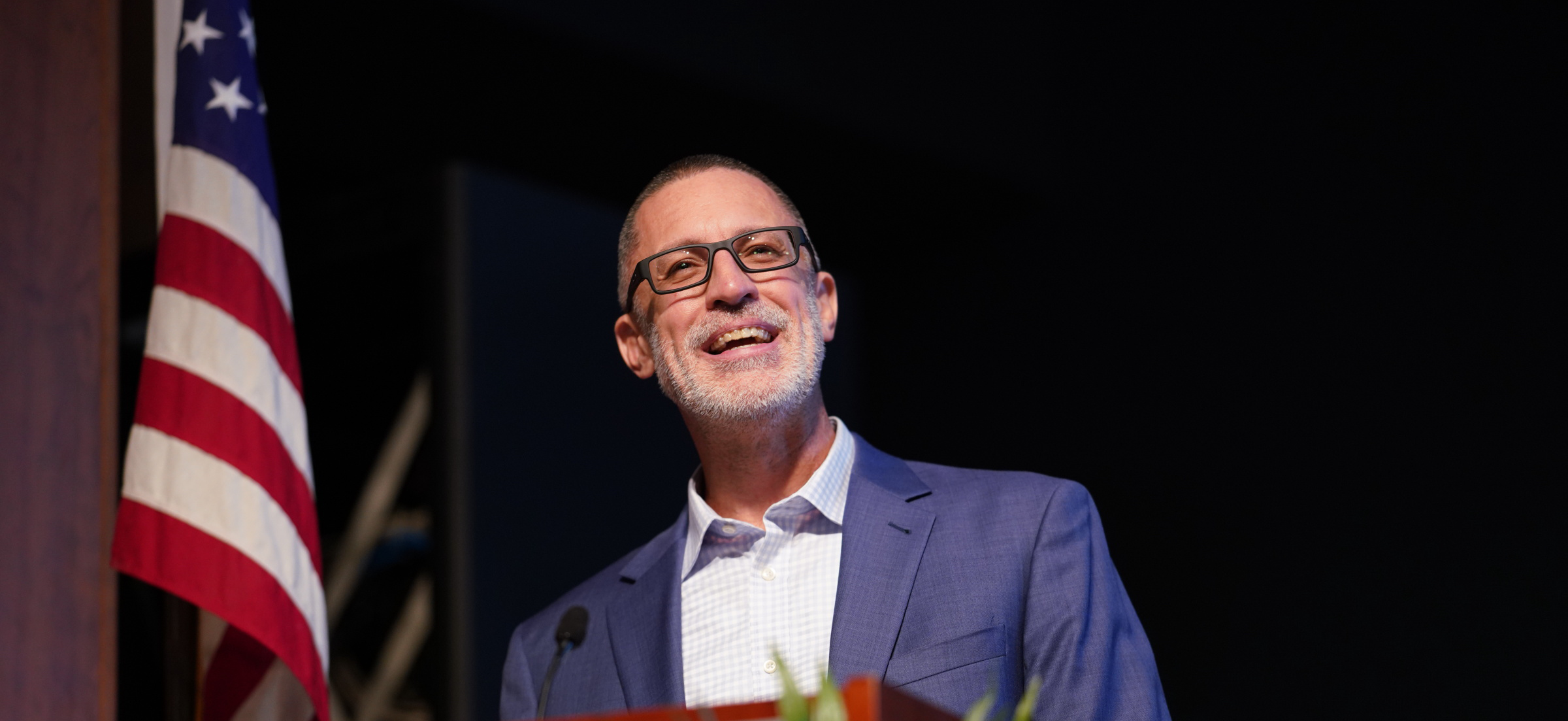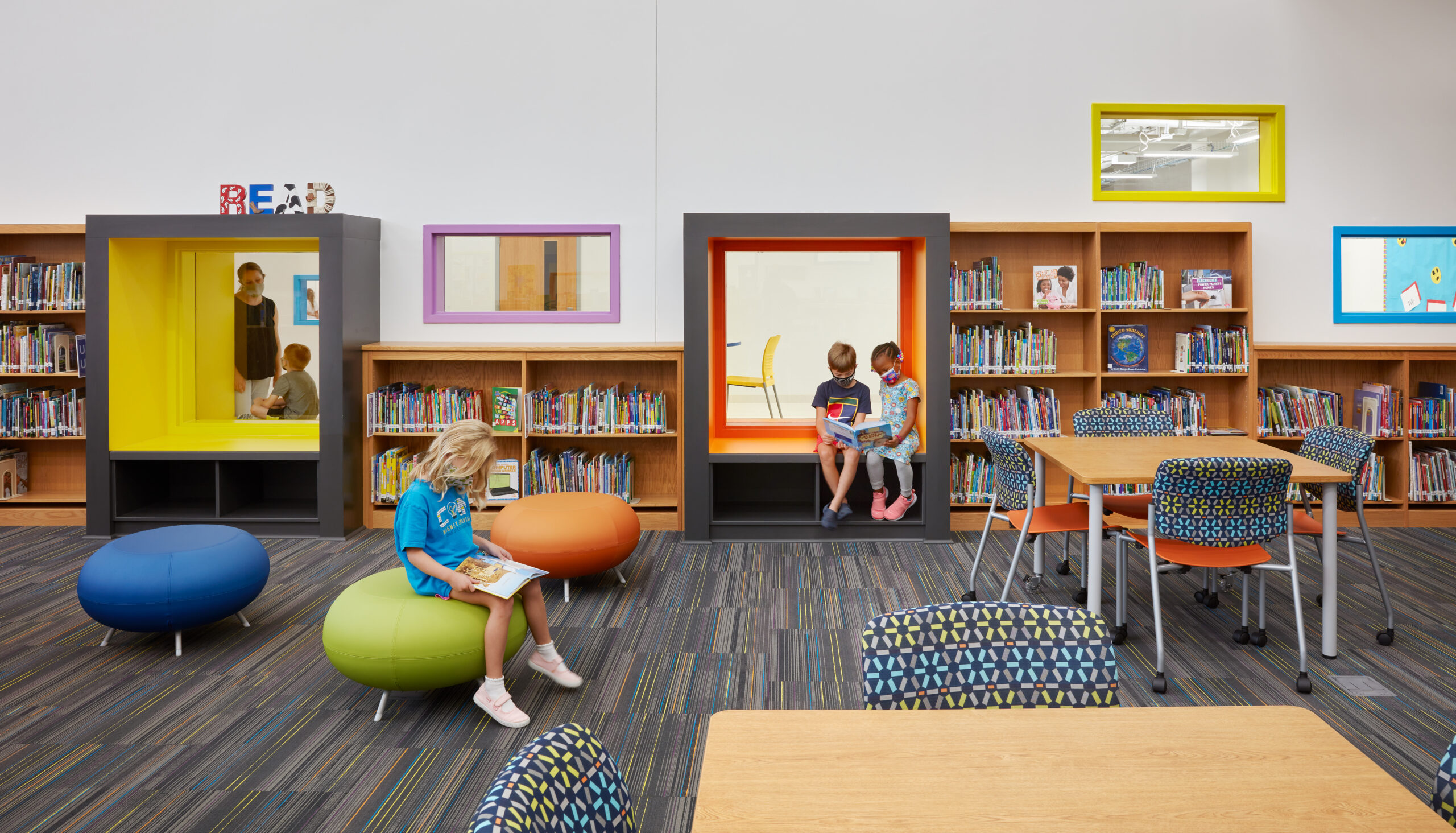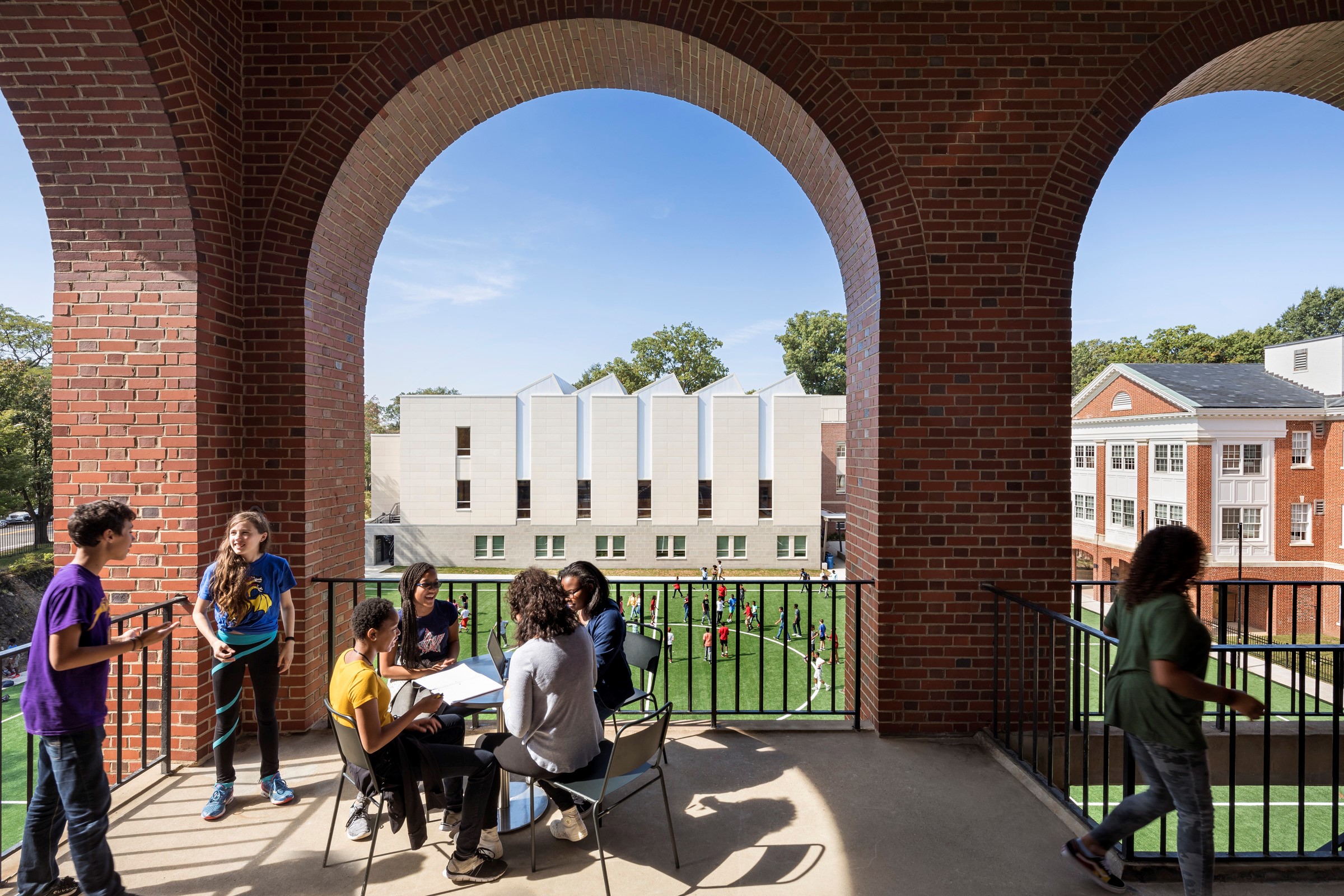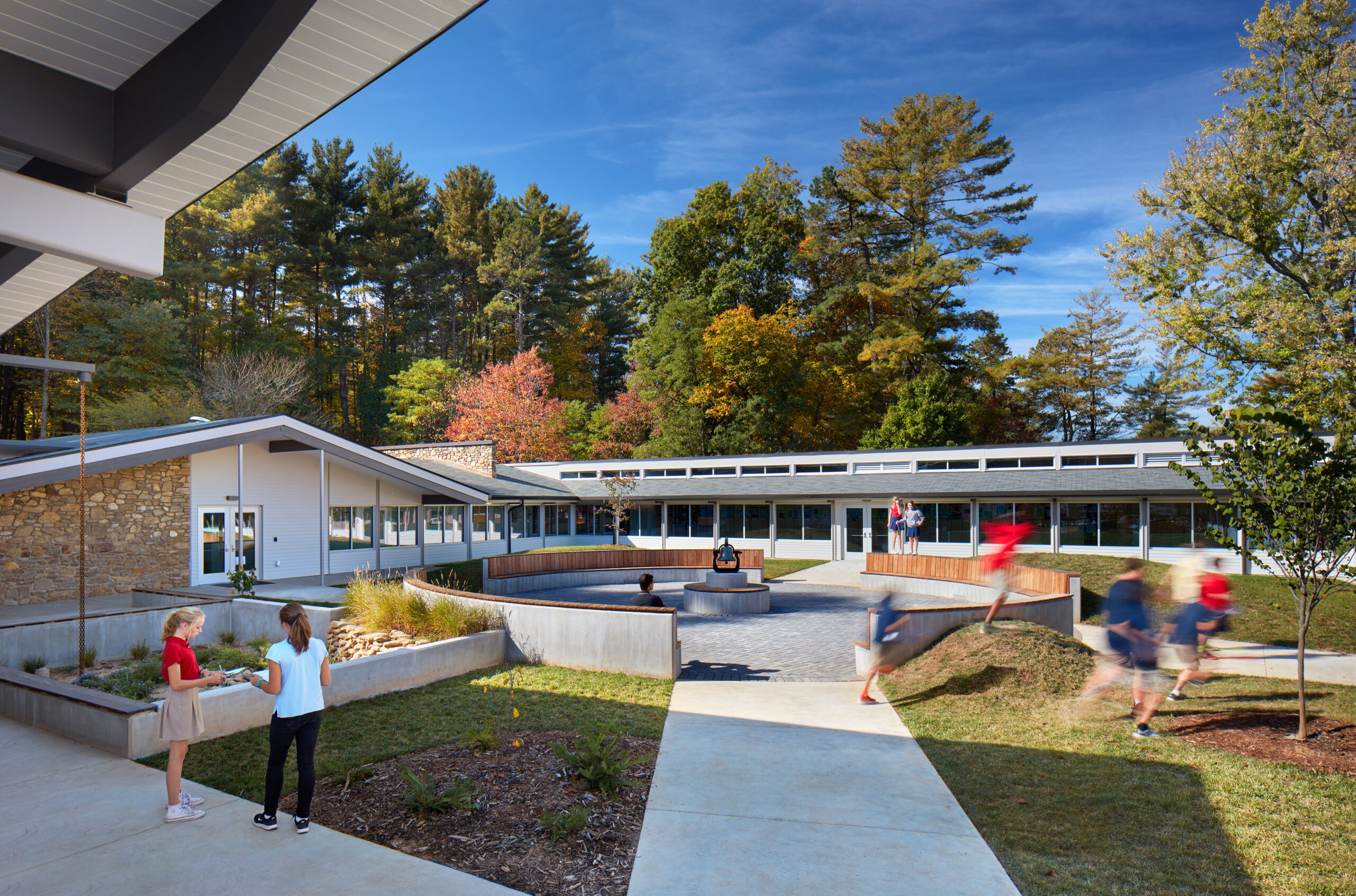On Nov. 3, 2022, AIA Virginia announced architect Paul Battaglia, AIA, will be its next Executive Vice President bringing more than 25 years of practice, teaching, administration, and business development experience to lead the 2,500-member organization. Since 2011, Battaglia has been at Clark Nexsen, in recent years as a principal engaged in business development, where has specialized in education, research, outreach, and strategic partnerships. Battaglia has also held faculty positions at Hampton University, North Carolina State College of Design, VCU, and Virginia Tech, where he earned both bachelor’s and master’s degrees in architecture.
More »Promoting Student & Teacher Wellness through K-12 School Design
According to the Harvard School of Public Health, the average student spends more than 15,000 hours in school by the time they graduate high school, second only to the amount of time spent at home. This makes it critically important to design school buildings that support the physical and mental wellness of students and teachers.
More »Virginia COTE Architects to Host ArchEx Workshops
William Abrahamson, AIA, is a senior associate at Grimm + Parker Architects, with offices in Charlottesville, Tysons, and Calverton, Maryland. He’s also Co-Chair of Virginia’s Committee on the Environment (COTE), which is hosting “Creating Your Sustainability Action Plan,” a workshop at Architecture Exchange East (ArchEx) in November. Since July, Virginia COTE members have been presenting a multi-part series called “Embodied Carbon 101,” which originated with the Boston Society of Architecture and aims to empower architects at the design and specification stages (and beyond) to make sustainable choices. At ArchEx, Abrahamson and COTE will offer specific and actionable steps for architects and designers to continuously work with the environment in mind.
More »Density is a Strategy, Not an Outcome
Katharine Gray, AIA, is the land use and urban design planner for the City of Roanoke. In November, she will appear as part of a panel discussion at Architecture Exchange East about the importance of rebuilding communities using density as a strategy rather than just a measurable outcome.
More »Ann Neeriemer on a Second Life for Old Spaces
Perkins Eastman Associate Principal Ann Neeriemer, AIA, is no stranger to taking an existing space that served one purpose historically and designing it for today’s students and teachers. With previous projects primarily in the DMV area, Neeriemer is now based in Raleigh, NC and leads the education division for Perkins Eastman’s offices in the Carolinas. She discusses several adaptive reuse education projects, including a nurses’ dormitory on the Walter Reed National Military Medical Center, now the site of the District of Columbia International School (DCI).
More »Hanbury Reinvents Mary Washington Hub Seacobeck Hall for the Next 100 years
Until 2015, the social hub of the Fredericksburg campus of the University of Mary Washington was a 1928 dining hall designed by Robinson and Walford (with a 1951 addition by Walford and Wright). “Seaco” was part of the original campus plan for what was then known as the Fredericksburg State Teachers College and even until its last days, it remained the spot where students could grab a late-night slice of pizza or an early-morning coffee as they head to classes elsewhere on campus. Robinson and Walford’s original scheme featured a dome room with two grand dining halls. Its successor firm Walford and Wright added two more dining halls later to accommodate a growing student body — making it four distinct wings with a central kitchen under the dome.
More »Safer K-12 Design: School Should Feel – and Look – Like School
By Becky Brady, AIA, CDT, LEED AP BD+C
K-12 schools exist to engage students in active learning, providing them with the skills and knowledge for successful futures. Unquestionably, these environments should also be safe and welcoming. Today’s students grapple with concerns including bullying, fights, the risk of school shootings, natural disasters, and mental health of students and teachers, leading to the need for innovative solutions to make learning spaces open and inclusive while also secure.
More »




